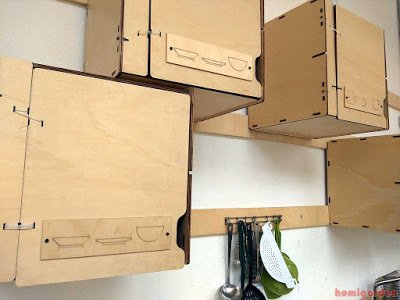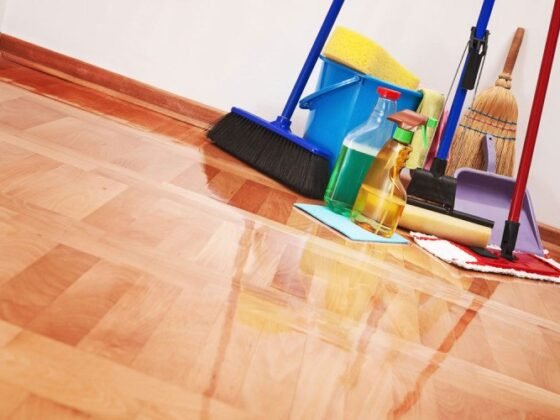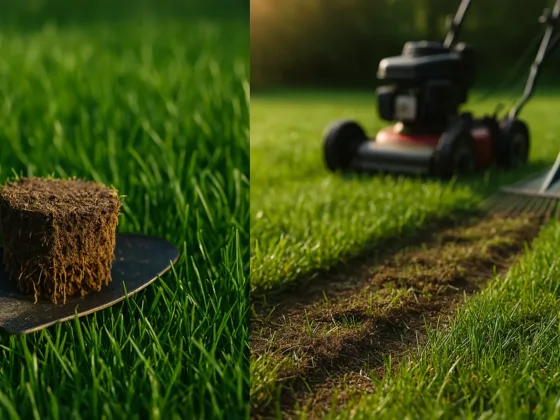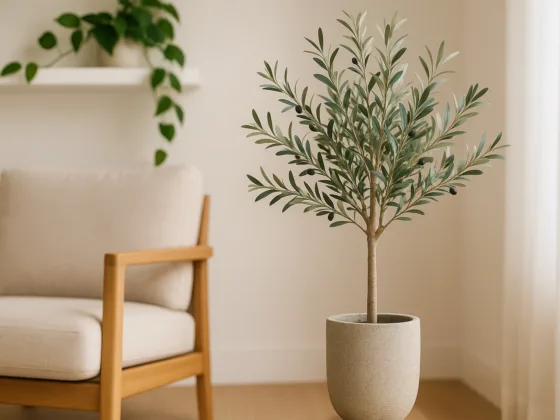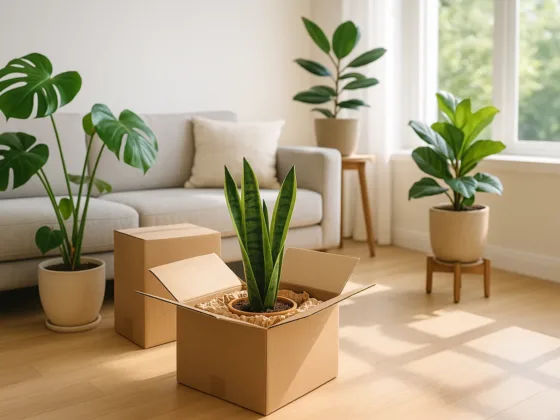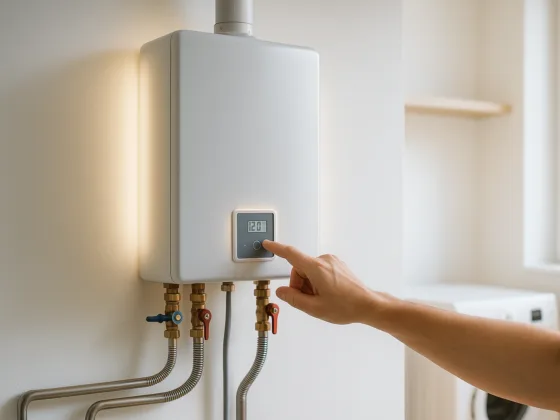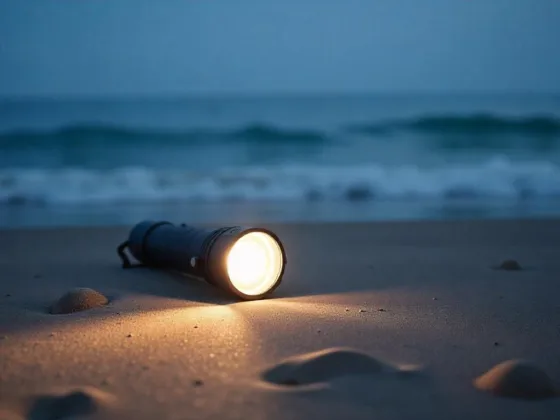Table of Contents Show
Snow bunnies hop at the chance to spend the season enjoying winter sports, while snowbirds flock towards summer homes at the first sign of a wind chill. Both properties need to be closed up properly in order to ensure a welcoming return and avoid unpleasant surprises.
All About Closing Up a Seasonal Home

Closing Up Check List
The best practices for closing up a seasonal home, whether it be for the summer or winter season, should include making a checklist and having needed supplies ready two weeks prior to departure.
The last thing a homeowner wants to do is spend their precious vacation time working on fixing damages to the house that could have been easily prevented by a quick glance at a ‘to-do’ list.
Summer House Check List
Depending on the type of weather in the area where the home is located, it is important to assume the worst and prepare the house to be closed up during a rough winter.
Outside
- Disconnect water hoses from spigots, drain hoses, and roll them up. Place in storage. (This prevents bursting of pipes.)
- Bring all patio furniture, tools, and toys into the storage shed or garage.
- Aerate, fertilize, and trim hedges and bushes in preparation for the winter months.
- Flush out the lines to the irrigation system and shut down the automatic sprinklers at the main.
- Lock up outdoor storage areas that hold expensive lawn equipment and yard tools.
- Clean gutters and ensure that drainage is directed away from the foundation.
- Follow the manufacturer’s instructions to winterize hot tubs and swimming pools.
Inside
- Empty the refrigerator completely and coordinate with the last day of trash pick-up to avoid pests and rodents.
- Vacuum inside the pantry, closets, kitchen drawers, and cabinets to remove any crumbs and insect eggs.
- Spray and wipe dry empty cabinets and drawers with a solution of white vinegar and water to deter insects from making themselves at home and disinfect before leaving.
- Thoroughly clean the home so everything is ready for your return.
Water Supply
- Drain water commodes, and water tanks, and shut off the water valve.
- Drain water softener, water heater, and pressure tank.
- Turn off the water supply to the house.
- Open all the faucets in the house to empty the pipes of remaining water, air, and moisture. Leave them open.
- Flush commodes and add non-toxic RV and Marine anti-freeze liquid to the tanks and bowls. Add anti-freeze to sinks before leaving to keep enough in the ‘P’-traps of every sink.
- Disconnect the dishwasher from the water source and leave the door open (same as the refrigerator).
- Disconnect the washing machine from both the water source and the electric outlet. Leave the door ajar to prevent mold growth.

Storage, Cleaning, and Temperature Control
- Store jewelry, weapons, emergency cash, and valuable documents in a safe deposit box at the bank or secured location in the home.
- Disconnect, suspend, and cancel Cable, newspapers, and non-essential utilities.
- Disconnect all electronics to avoid surge spikes and wasting energy.
- Clean the refrigerator and leave the doors open. Place a rubber wedge/stopper to avoid closing accidentally. This will prevent mold growth and unpleasant smells upon returning months later.
- If winters are especially cruel, consider leaving the thermostat on at 50 degrees to keep pipes from bursting, wood from cracking, and moisture from saturating soft goods, such as furniture, mattresses, etc.
- Secure all points of entry and keep curtains closed to retain warmth and avoid creating interest for valuables.
Security
- Let neighbors, the Homeowners Association, local police, and friends know the period of time the house will be empty.
- Set alarms and let a trusted family member or friend have information and keys in case of an emergency.
- Take contact numbers with you and leave contact numbers with trusted individuals.
- Invest in a timer that will turn lights on automatically in different rooms of the house at random times to give the impression that someone is home.
Pest Control
- Cover up chimneys to prevent birds nesting and rodents from entering the home.
- Seal up exterior cracks or holes to keep insects and rodents out.
Read Also:
Winter House Check List (Closing Up a Seasonal Home)
Closing up a seasonal home for the winter will require modifications to the summer list from the previous page.

Outdoors
- Set the sprinkler or drip system to come on after dawn and dusk to avoid burning plants, grass, and shrubs.
- Inspect sprinkler heads and drip hose for damage and replace if needed. Give it a test run and adjust the direction of sprinkler heads if needed.
- Store winter toys and equipment out of sight and lock them up.
- Turn empty planters upside down or place them in storage to avoid a mosquito breeding ground while you are gone.
- Follow the manufacturer’s instructions for hot tubs or swimming pools (if any) and make sure all access to these areas is prevented. (Avoid tragic accidents to trespassing pets or neighborhood kids).
Indoors
- Close all curtains facing East and West to keep excess heat away from the home and furniture from fading.
- Keep the thermostat set at 78 degrees to keep excessive heat from damaging furnishings and electronics.
Water Supply
There is no need to use an RV winterizing solution when closing the house for the summer months, but the main water supply to the house should be shut off to prevent potential leaks or floods.
Empty the water heater and water softener and turn the service off.
Additional Considerations (Closing Up a Seasonal Home)
The best practices for closing up a seasonal home will definitely depend on the area’s climate, how many months the house is to be closed up for, and the presence or absence of swimming pools and hot tubs.
Additional considerations can include paying someone to monitor the home periodically or keeping in touch with neighbors to ensure they are keeping an eye on the neighborhood.
Insurance policies should be kept up-to-date to ensure that potential damages are covered should there be a fire, flood, or theft.
Make friends with the patrol officer assigned to the area and notify them of the months the home will be vacant. Establishing good relationships with law enforcement and neighbors is one of the best ways to ensure home protection and will help in avoiding potential problems.
Additional Reading and Resources (Closing Up a Seasonal Home)
- Learning Store: Closing your home for the winter
- New York Times: Closing Up for the Summer
Photo Credits (Closing Up a Seasonal Home)
- House Photos: Wikimedia Commons
- Product Photo: Lowe’s
